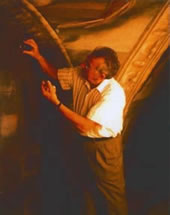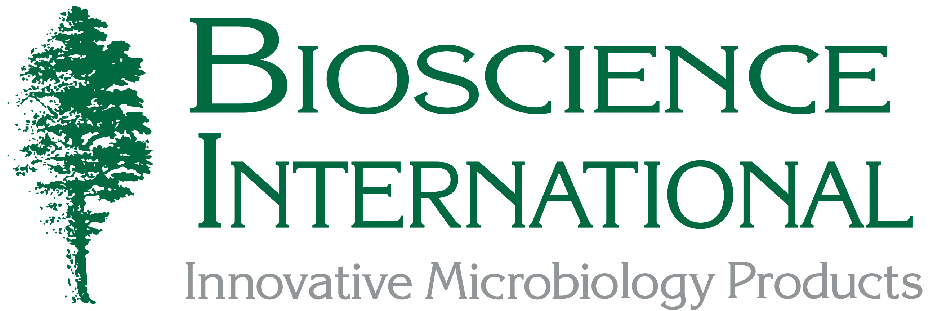SAS Used in Sistine Chapel Restoration
When Michelangelo teetered precariously on a 60-foot scaffold in the Sistine Chapel to paint the "Last Judgment," he probably had little thought of diabolical microbes invading his celestial creation. Yet, they came. Drawn to the shadowy dampness of aging plaster, the microbes fed on a layered confection of oil from melted candles, cleaning solvent made from Greek wine and thick varnishes of animal glues.
 |
In the accompanying photo, the scientist Montacutelli measures this microbial attack by making delicate contact between Michelangelo's fresco and the surface of a Surfair agar plate containing a suitable medium. The growth of microorganisms on the plate's surface is later analyzed, allowed a 'photograph' to be made of the spatial arrangements of the microorganisms on the fresco surface. |
Over 50,000 plates were used in the initial validation, and scientists currently utilize the same Surfair contact plates in the SAS air sampler when they sample air quality throughout the Vatican.
Bioscience has a broad range of microbiological sampling instruments and over 100 Application Notes to help you achieve your sampling needs. Application Note #68 presents the protocol for bacteriological monitoring of ancient pictures, monuments, and churches.
![]()
For More Information Contact:
Bioscience International
11333 Woodglen Drive
Rockville MD 20852
Tel: 301-231-7400
Fax: 301-231-7277
Internet: BioInfo@Biosci-Intl.com
